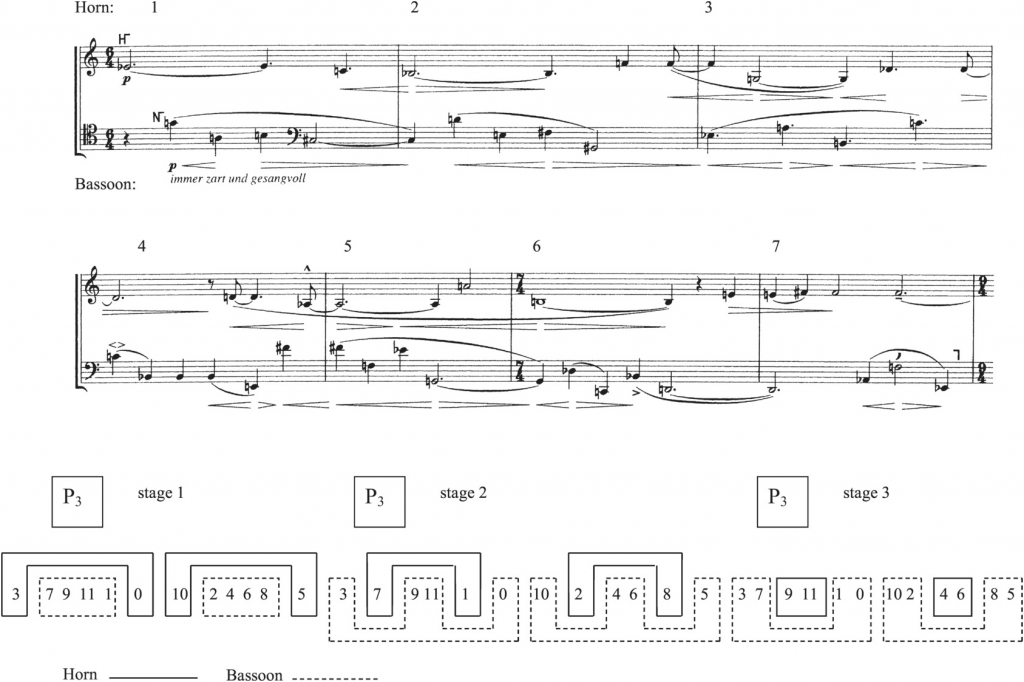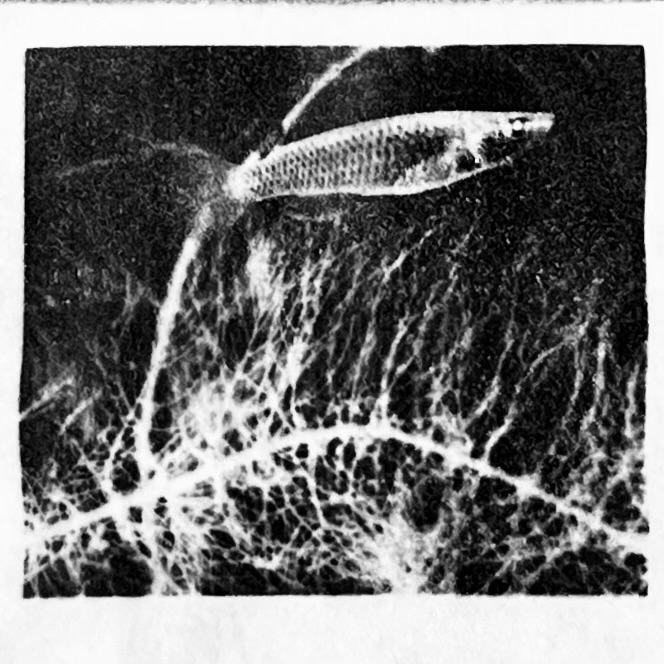Historical Context: Schoenberg’s Woodwind Quintet, Op. 26 was composed in 1924, at a time when he was fully embracing the twelve-tone technique, which treats the twelve chromatic scale tones as equals and completely abandons the traditional tonal hierarchy.Schoenberg’s shift to atonal and later sequential music was as much a reflection of the general disillusionment with old ideas after World War I as it was of a world full of brokenness and uncertainty.By rejecting traditional tonality, Schoenberg experimented with vocal structures to express a response to the collapse of old certainties.
Relevance to modernism :This work embodies the spirit of modernism in the field of music, seeking to break away from traditional patterns.It represents a new language in music, a way of technological progress and social change.
Why does this work appeal to me?This work transcends the traditional sense of music, there are experimental concepts that inspire me.Secondly the musical expression is very graphic and reminds me of Akira Kurosawa’s films with complex and philosophical narratives. Breaking away from the limitations of a linear narrative, it constitutes a unique style.


Leave a Reply